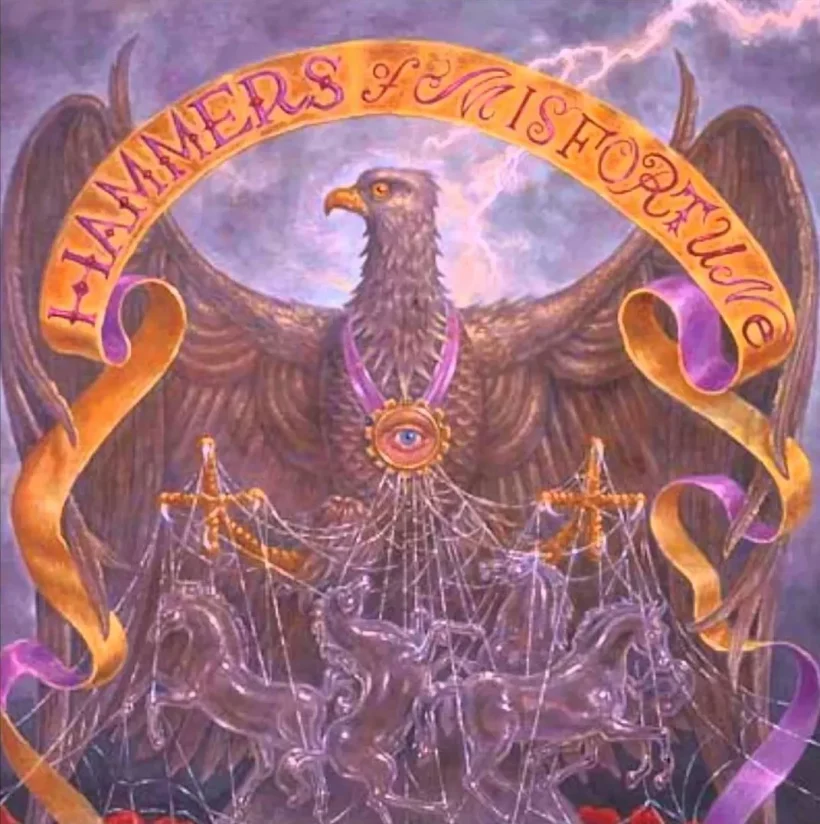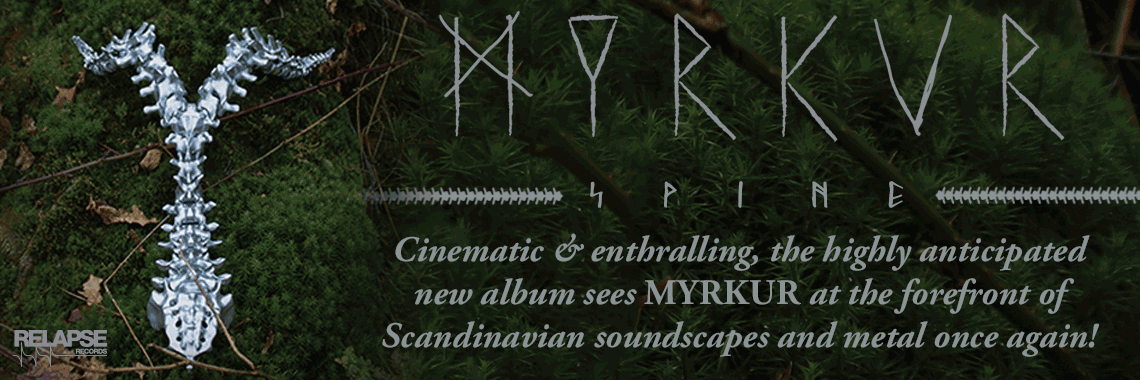
Watch the Stars Expire
The making of Hammers of Misfortune’s The Locust Years
San Francisco is a hub for musical revolution. In the 1960s, it was the spiritual home of the hippie movement and the bands that provided the backing track for the counterculture, like the Great Society, Jefferson Airplane and the Grateful Dead. In the late ’70s and early ’80s, it was one of the homes of the hardcore punk movement, and birthed one of its best bands, Dead Kennedys (inducted in #209 for their cultural touchstone and censorship magnet Frankenchrist). In the early to mid-’80s, it was the birthplace of thrash with the assistance of East Bay bands like Metallica and Exodus. By the late ’90s and early ’00s, a new revolution was underway that had nothing to do with music or art. Technology began to usurp every element of Bay Area life. The changes, spiraling cost and widespread gentrification not only displaced the working class, but the artists and musicians that had long been the city’s spiritual anchor.
Hammers of Misfortune’s breakthrough album, The Locust Years, was recorded amid these changes, as well as the aftermath of the September 11, 2001 terror attacks and the botched and unnecessary invasion of Iraq. Originally formed by guitarist John Cobbett and drummer Chewy Marzolo as Unholy Cadaver in the mid-’90s, Hammers evolved into one of the West Coast’s most idiosyncratic metal bands. Cobbett was also at the forefront of USBM with Ludicra, but Hammers were where he could take any risk he imagined and embrace his love of classic songwriting, vocal melodies and prog.
The band’s debut, The Bastard (2001), was well-received, but things changed during the recording of The August Engine (2003). Bassist and vocalist Janis Tanaka, also of L7, left to tour with Pink. Vocalist Mike Scalzi was still involved, but moved to Los Angeles. Cobbett and Marzolo looked for replacements and eventually added classically trained pianist Sigrid Sheie and powerhouse vocalist/bassist Jamie Myers, both new to the Bay Area.
With those additions, Hammers charted an entirely new course with The Locust Years—an album featuring keyboards, fierce anti-war messages, pianos and three-part harmonies that wouldn’t be out of place on a big-production ’70s album. The album’s strengths are legion. While Hammers were still a metal band, they also embraced rock opera and bands like Queen. As a result, The Locust Years is one of the few albums that could be played next to Black Sabbath and the early ’70s musical Jesus Christ Superstar. Myers—who later worked with Sabbath Assembly and Wolves in the Throne Room—offered her career-best performance with standout vocals on songs like “Widow’s Wall,” and Sheie took the first steps in reimagining what Hammers became in later years.
The Locust Years is the moment when a group of former punk musicians conspired to create something far beyond their roots and succeeded with a timeless collection of songs. The album is a singular moment in time and a harbinger of further innovation from Hammers. While this lineup only lasted for one album, Hammers continued to innovate and push boundaries for the next two decades with albums including 17th Street, Dead Revolution and the recently released Overtaker, the first thrash album in their catalog. The Locust Years is when the many faces of Hammers of Misfortune—the experimentation, the melodies, the drum corps interludes, the focused songs—all worked together effortlessly in service of a grand vision. Welcome to the Hall of Fame, Hammers of Misfortune. Shall we gaze into the sky?
Need more classic Hammers of Misfortune? To read the entire seven-page story, featuring interviews with the members who performed on The Locust Years, purchase the print issue from our store, or digitally via our app for iPhone/iPad or Android.




